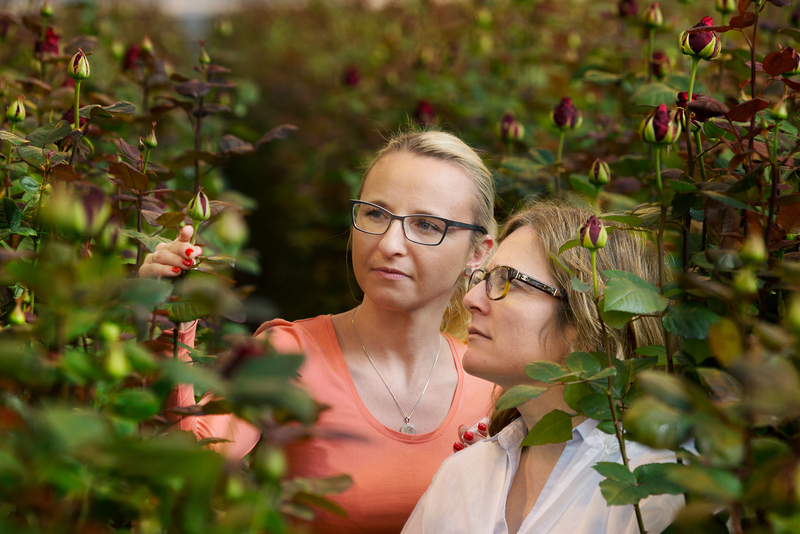
Biological control is much more effective if you have a clear picture of what is happening. You should establish whether the infestation is getting worse or diminishing, or whether the beneficials feel at home and are reproducing or not. Monitoring – systematically keeping track of how the situation is developing – is therefore crucial. In fact, this is the cornerstone of effective biological control.
Monitoring can be done in two ways: by checking the crop itself or using sticky traps (Horiver Product Page). In many crops, the first way is preferred. You can check whether bugs are visible or closely monitor the damage they cause. You may see partly eaten plant parts, tunnels, dots, deformation of leaves or flowers, discoloration, or silvery spots. Many damaging insects are tiny, so a magnifying glass is an absolute necessity in order to recognize and ‘identify’ them.
Where should you look to find insects? This varies by crop and by pest. Sometimes you need to focus on the top or on the older leaves or flowers. In some cases, it is useful to concentrate on the top of the leaves, and in others the bottom. Good monitoring requires a lot of knowledge about pests!
Sticky traps and pheromone traps
Scouting in the crop is sometimes the only way to determine the development of a pest. For example, mealy bugs, spider mites, and other mites never appear on sticky traps. And this also applies to fungi, of course.
For other pests, however, sticky traps are an essential monitoring tool. Flying insects such as thrips and whitefly are often first seen on the sticky trap. By counting regularly and keeping track of the results, you can maintain a good picture of whether the situation is improving or deteriorating.
Pheromone traps (Deltatrap Product Page) are another tool. These are traps that contain attractants, which adult insects (usually males) love. You can use these traps to monitor whether a particular insect is present, and some types of pheromone traps can play a role in pest control. The use of attractants in this application is aimed at catching as many pests as possible.
Fungi and bacteria
Recognizing fungi and bacteria is a more difficult exercise. Some common fungi, like mildew for example, are easy to identify. In the case of crop wilting, it is more difficult to determine the culprit, as there can be various causes. And to diagnose a bacterial disease, you really need to ‘fly in’ an expert.
Scouting for nature's little helpers
Another recommendation is to keep the natural enemies in good health. Regularly check some leaves and count your little soldiers so you know whether there are enough beneficials present. Rinse samples are also a good method.
Read these articles for more information on Horiver and Koppert iPM
- Horiver: "Show Whitefly a Yellow Card"
- Koppert iPM: "Reasons to Scout with Koppert iPM"